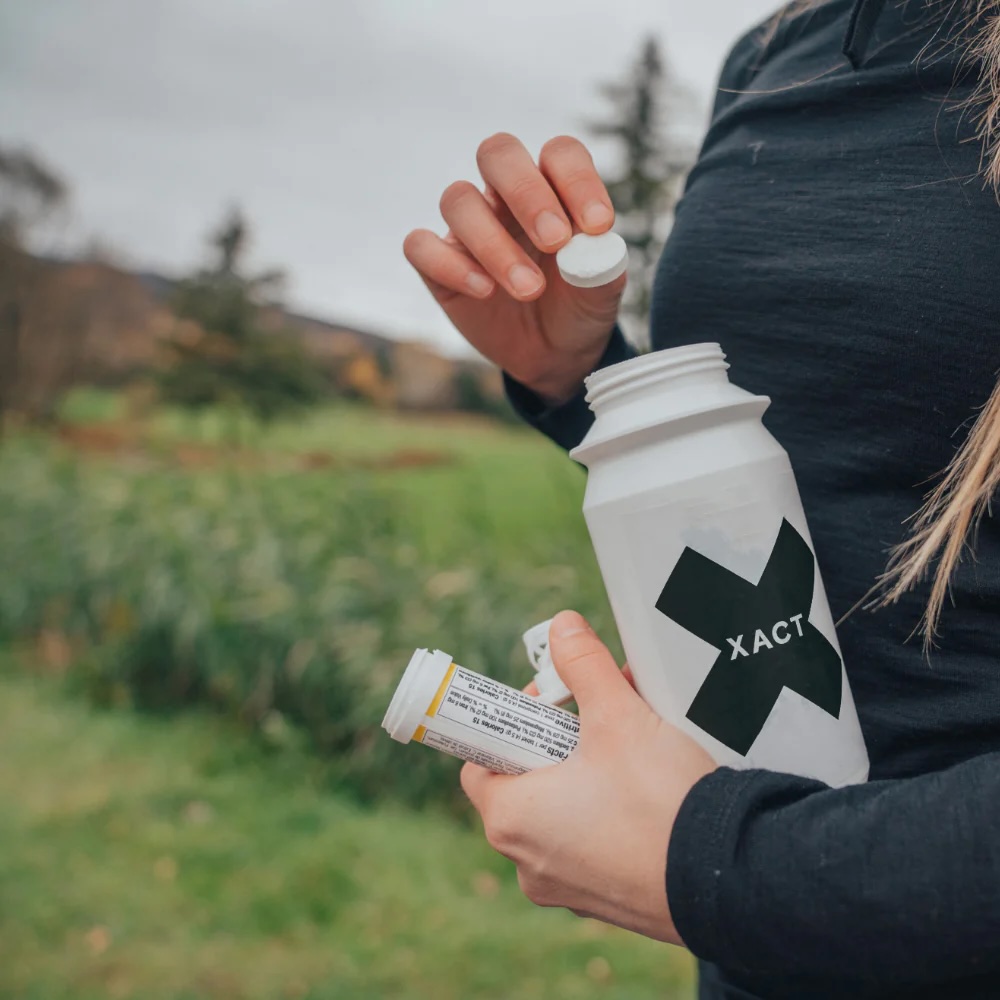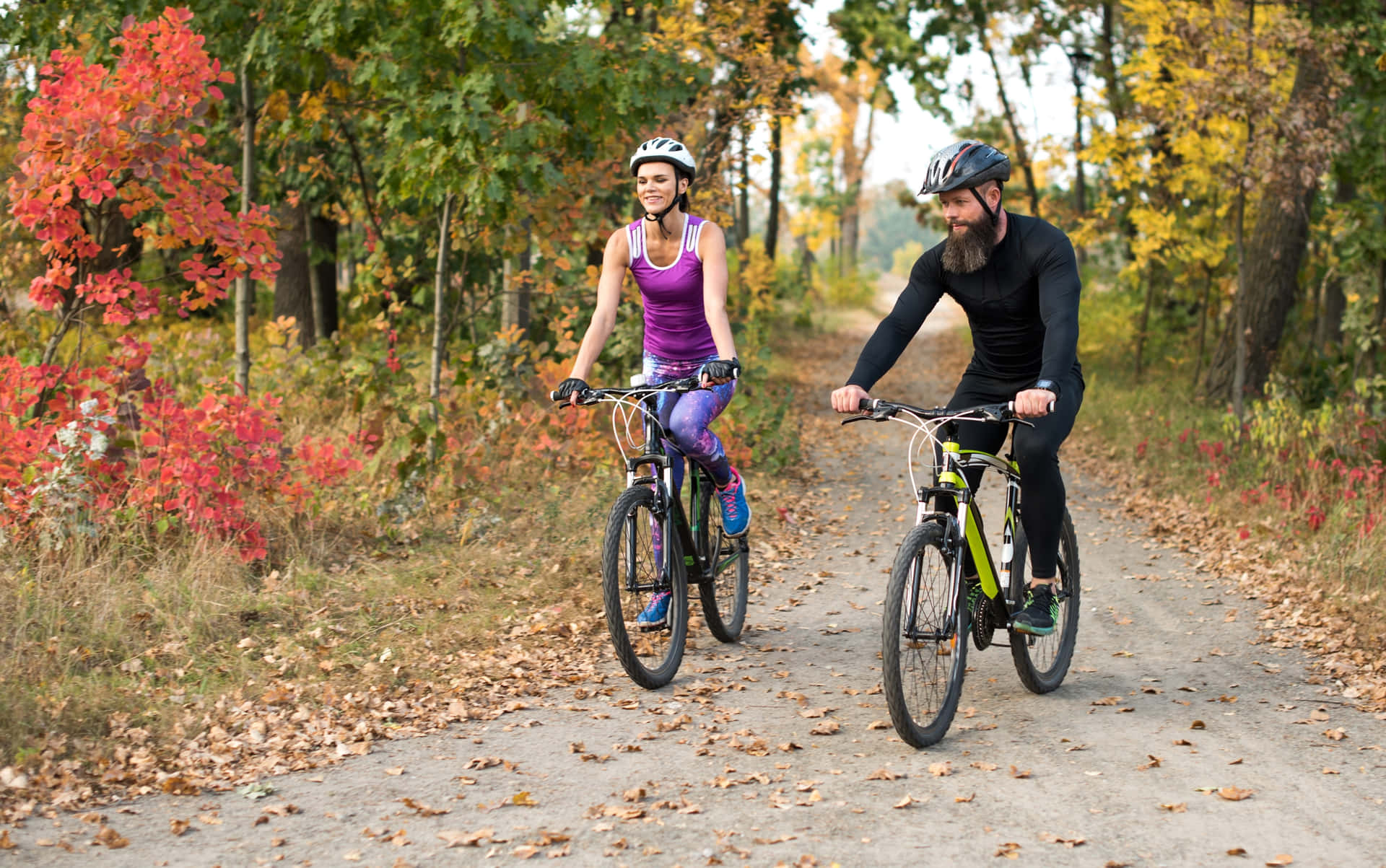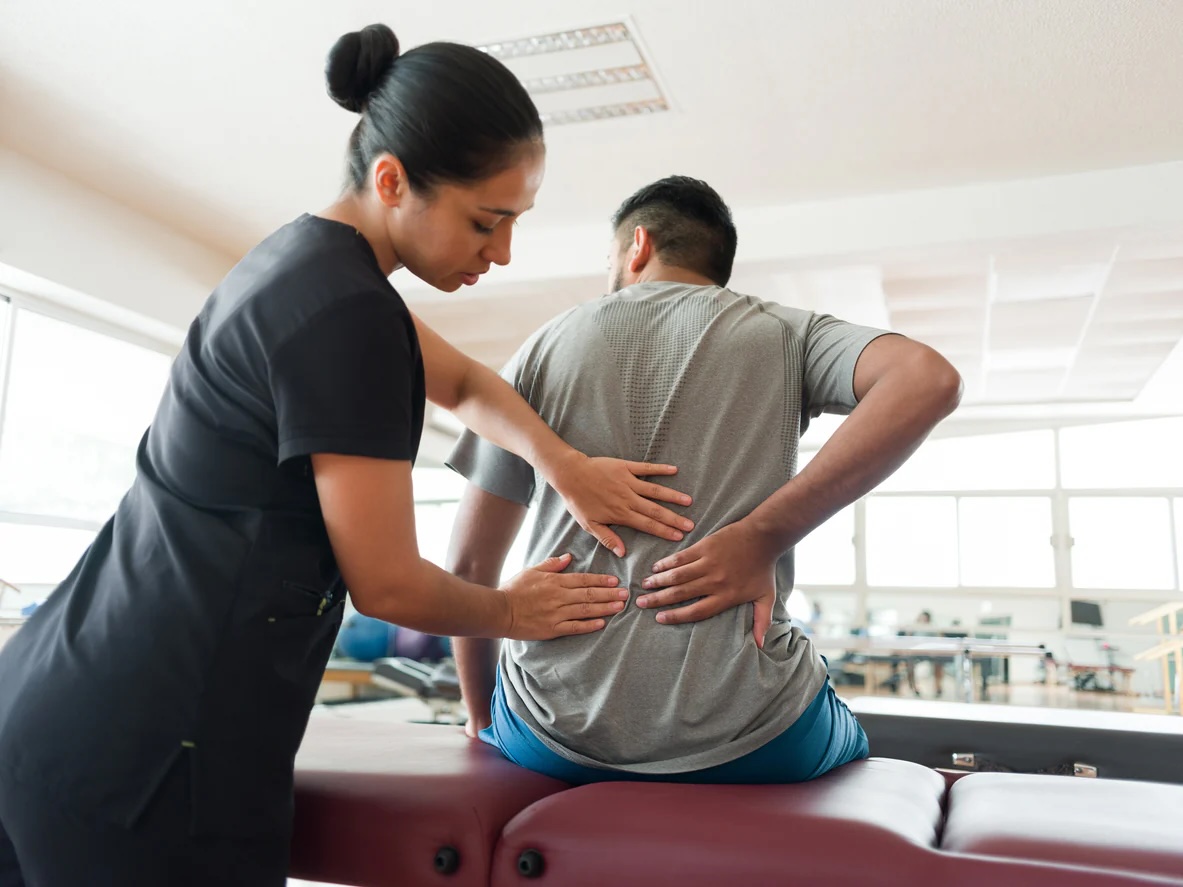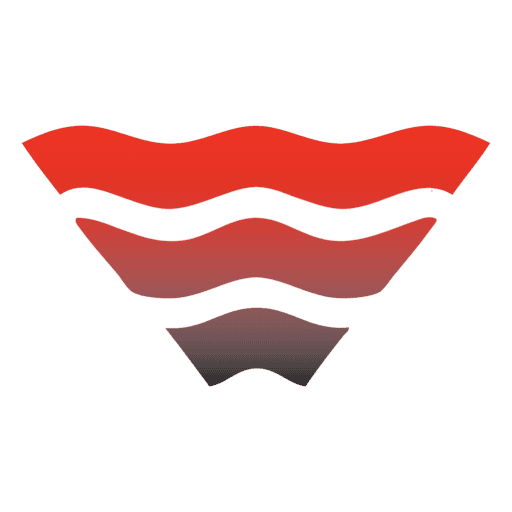Runners and other endurance athletes are constantly trying to get a leg up on their competition by recovering faster and thereby being able to train harder. With these athletes spending hundreds or sometimes thousands of dollars on recovery tools such as hot and cold tubs, recovery sandals, foam rollers, massage guns, compression boots and more, many want to know which of these are effective? Are these tools worth the money, or are they just gimmicks?
Our experienced team offers physiotherapy services in Alliston and Tottenham to guide you through recovery strategies and optimize your athletic performance.
The research on many of these tools are sparse, but here are some recovery strategies that can help bring your running to the next level and hopefully prevent some injuries along the way. Remember that it is during your recovery that your body makes cellular adaptations to training, allowing your performance to ultimately improve.
The top evidence based recovery strategies for runners, recommended by our physiotherapists from the Alliston & Tottenham Physio Clinics
1. Sleep
– although there is individual variance in the amount of sleep an athlete requires, we know that adequate sleep is imperative to allowing runners to recover from their training and ultimately avoid injury. It is generally accepted that athletes need an average of 7-9hrs of sleep per night, though elite athletes might require even more sleep than this during peak training. Poor sleep appears to lead to increased protein breakdown which can then lead to muscle atrophy (Dattilo et al. 2011, 2012). It is clear that in order to optimize your training between sessions, you need to be getting adequate sleep.

2. Nutrition and hydration
– since I am not a dietician, I will not give specific advice on your nutrition and hydration, except to say that once again there is individual variability. What is clear is that runners need to adequately fuel not only before, after, and during their workouts, but also throughout the day in order to give their body’s the tools to recover. I would caution anyone that is trying to limit a particular macronutrient (I am of the belief that carbs are not evil and in fact are very necessary for runners!) or participating in any type of fasting diet during their training.
Consult a dietician if you would like specific advice on how you should be fueling, but looking at consuming fluids during any run greater than 60 mins in length (you might also want to consider sodium as this will help you to retain the fluid), and fueling during your run for runs greater than 60 mins in length also (I’m a big fan of a Canadian company called Xact for my in-run fueling). Be sure to be taking in enough fuel and hydration throughout your day as well (people will often talk about the “runner’s plate” for meal planning). One meta analysis showed that carbohydrates and curcumin benefitted recovery, while pomegranate showed potential benefit on endurance and strength (Li et al.,2024). For personalized fueling strategies and injury prevention tips, visit one of our experts from the physio clinics in Alliston and Tottenham.
3. Active recovery strategies
– ensuring that you have an adequate warm up and an adequate cool down can help to reduce things such as delayed onset muscle soreness. Although intensity and type of activity cannot be determined, some research indicates that 6-10 mins of active recovery appears to have a beneficial effect on recovery (Ortiz et al., 2019). Activities such as walking, very light jogging, easy cycling, swimming etc. can all be used as forms of active recovery. Using these strategies after your more intense workouts can help with performance, potentially reduce muscle soreness, and have psychological benefits as well.

4. Compression Garments
– compression garments of many types have been shown to have marginal to large effects on recovery (Li et al., 2024). Wearing graduated compression during your training might be helpful and wearing them afterwards might also facilitate your recovery. I personally love to use my Normatec compression boots, though admittedly I have not seen these types of tools studied independently.
5. Cold water immersion
– cold water immersion has shown some promising results. It appears that a temperature of 14 degrees Celsius or colder is necessary, though it is difficult to give more concrete recommendations than that. CWI appears to have physiological effects on heart rate as well as on creatine kinase levels indicating physiological changes in those that use CWI as a recovery tool (Li et al., 2024).

6. Massage
– aside from just feeling good and feeling relaxing after a hard workout, massage has also been shown to reduce the feeling of pain in the muscles after a workout (Li et al., 2024) though it does not appear to effect performance. If you commonly experience muscle pain after a workout, then massage might be the right tool to put in your recovery kit! Book a professional massage session at one of our trusted physio clinics in Alliston and Tottenham.
7. All other recovery strategies
– as of the writing of this blog, trendy recovery tools such as massage guns, foam rollers, and recovery sandals have not been well supported in the literature. This does not mean that they are not effective strategies for recovery, just that the studies either haven’t been conducted or they haven’t shown significant effects. If you have tried these tools and they seem to work for you, then continue to use them. Just be sure that you are capitalizing on the proven strategies as well!
Whether you are an elite runner training for an event, or a recreational runner that is running for all of the psychological and physical benefits that come with it, recovery is the key to keeping you healthy. Current research supports 3 recovery strategies above the others: sleep, nutrition and hydration, and active recovery. Beyond these three, there also appears to be some benefits associated with the use of compression garments, cold water immersion, and massage. Other tools that need to be further validated include foam rolling, massage guns, and recovery sandals. Maximizing recovery will allow you to train more consistently and potentially harder, while minimizing the risk of injury.
Ready to take your training to the next level? Contact South Simcoe Physiotherapy today to learn more about our expert physiotherapy services in Alliston and Tottenham!
